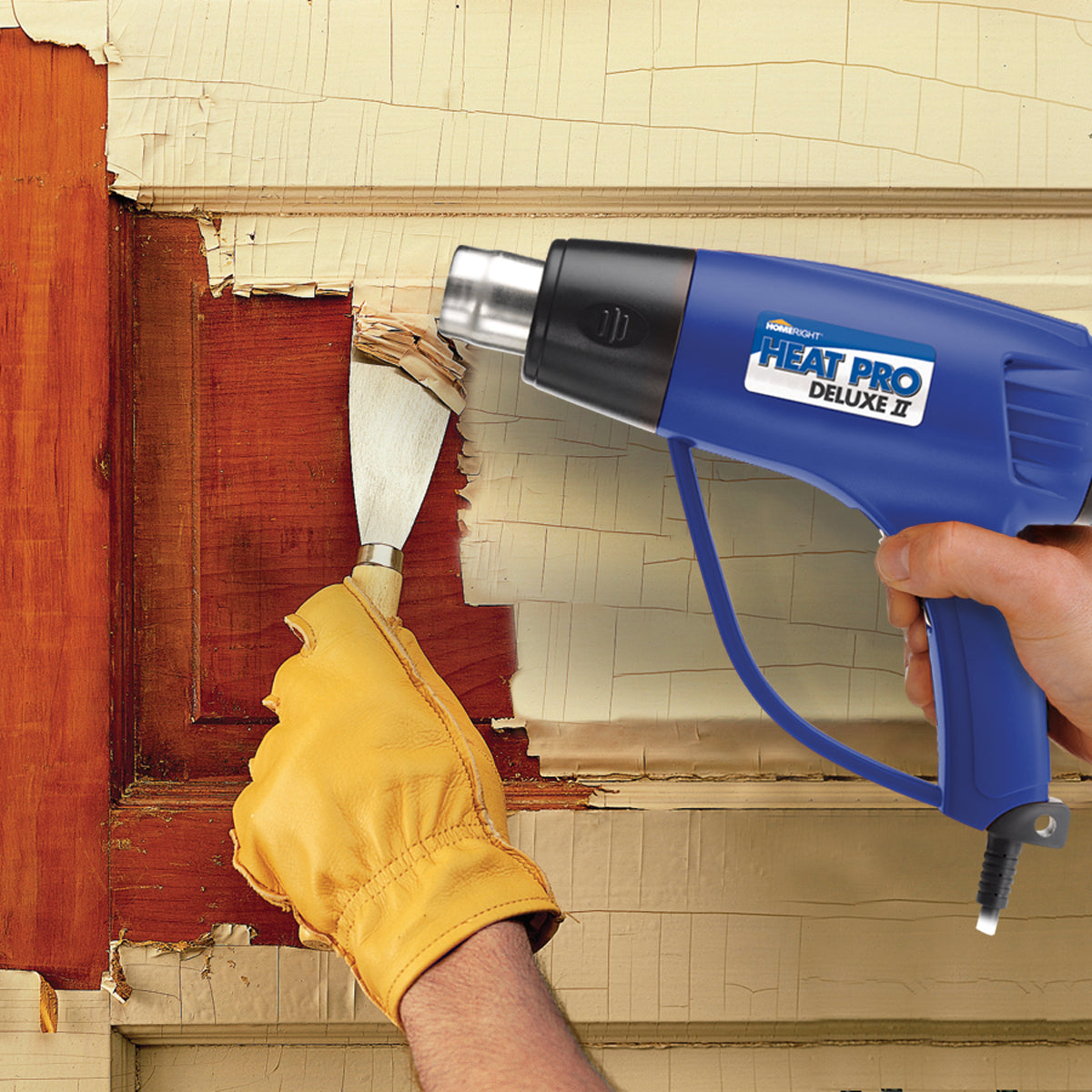
All

How to Use a Heat Gun
A heat gun is a versatile tool that emits a stream of hot air and is commonly used for tasks such as paint removal, shrink-wrapping, soldering, and plastic molding. Here's a general guide on how to use a heat gun safely and effectively:
Safety Precautions:
- Read the Manual:
- Always start by reading the manufacturer's instructions and guidelines. Each heat gun model may have specific features and safety recommendations.
- Protective Gear:
- Wear appropriate protective gear, including safety glasses or goggles to shield your eyes and gloves to protect your hands.
- Work Area:
- Ensure you're working in a well-ventilated area to disperse fumes and prevent the buildup of hot air. Remove flammable materials from the vicinity.
- Temperature Control:
- Most heat guns have adjustable temperature settings. Choose the appropriate temperature for your task, and allow the heat gun to reach the desired temperature before use.
Using the Heat Gun:
- Plug In and Power On:
- Plug the heat gun into a power source and turn it on. Allow it a few moments to heat up.
- Adjust Temperature and Airflow:
- Set the temperature and airflow according to your specific application. Higher temperatures are often needed for tasks like paint stripping, while lower temperatures are suitable for tasks like shrink-wrapping.
- Maintain a Safe Distance:
- Hold the heat gun at a safe distance from the target surface, typically 2 to 4 inches (5 to 10 cm) away. This prevents overheating and damage to the material.
- Even Movement:
- Keep the heat gun moving steadily over the surface. Avoid focusing on one spot for too long, as this can cause damage or scorching.
- Paint Removal:
- When using a heat gun for paint removal, the paint will soften and bubble. Use a scraper or putty knife to gently lift and remove the softened paint. Take care not to scratch the underlying surface.
- Shrink-Wrapping:
- When using a heat gun for shrink-wrapping, move the gun evenly over the plastic to shrink it tightly around the object.
- Soldering:
- If you're using the heat gun for soldering, focus the hot air on the solder joint until the solder melts and forms a bond.
- Cool Down:
- Allow the heat gun to cool down before putting it away. Some models have a cool-down setting for this purpose.
After Use:
- Store Safely:
- Once the heat gun has cooled down, store it in a safe and dry place.
- Clean the Nozzle:
- Periodically clean the nozzle to remove any residue or debris that may have accumulated during use.
By following these guidelines, you can use a heat gun safely and achieve the desired results in various applications. Always prioritize safety and exercise caution when working with hot tools.


Related Posts
© 2025 Invastor. All Rights Reserved

User Comments